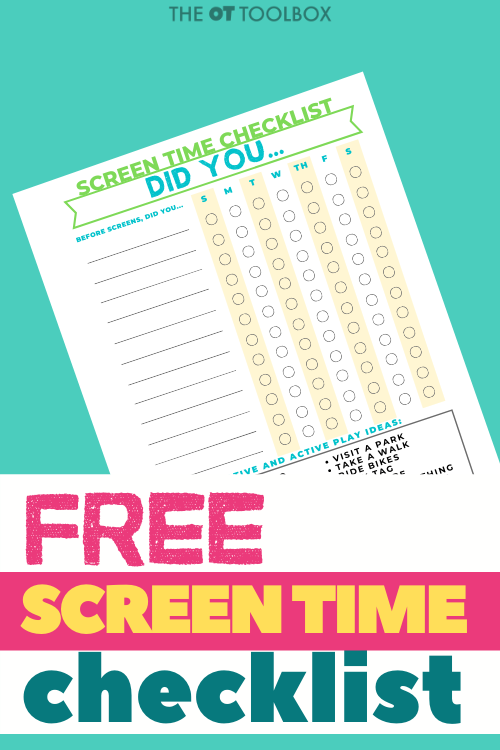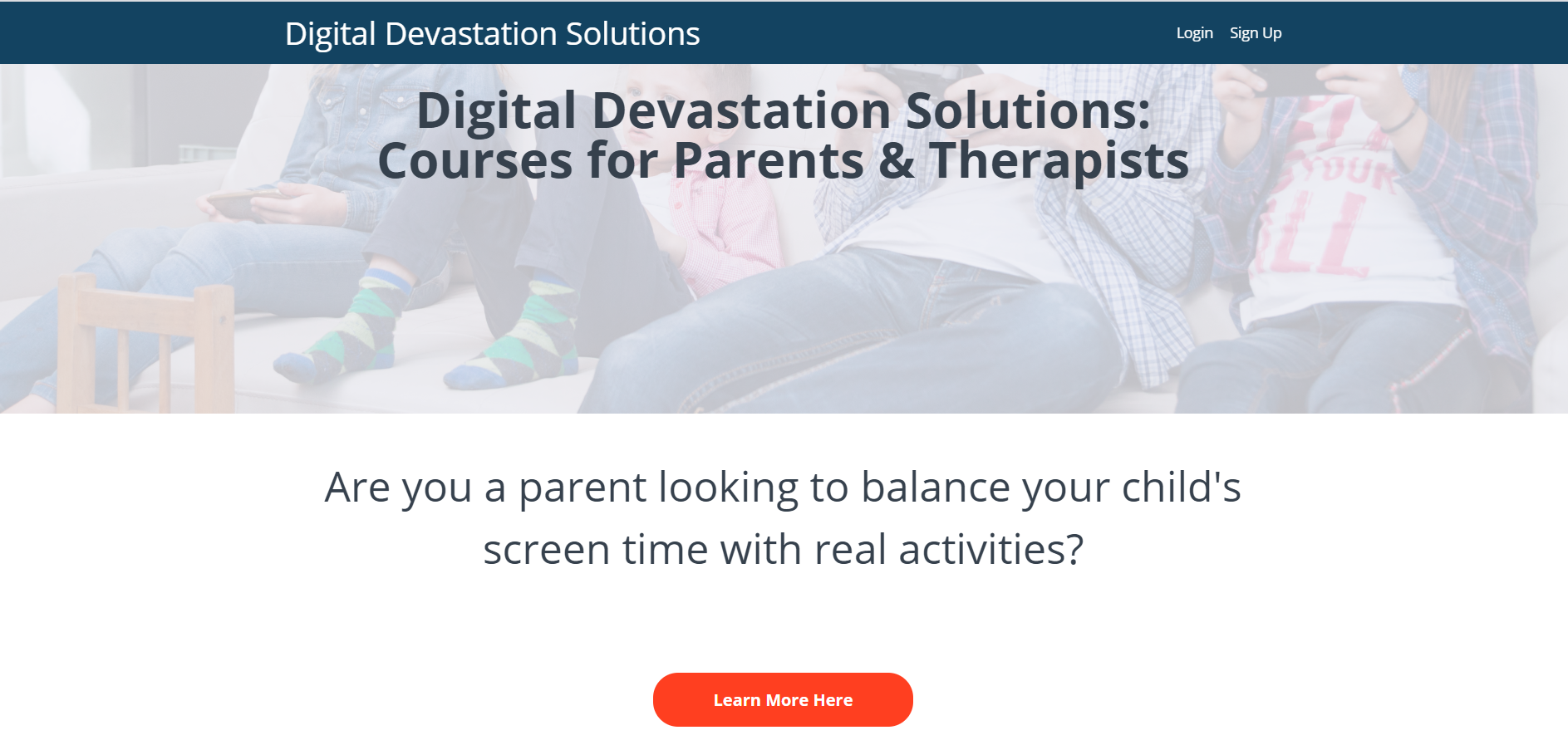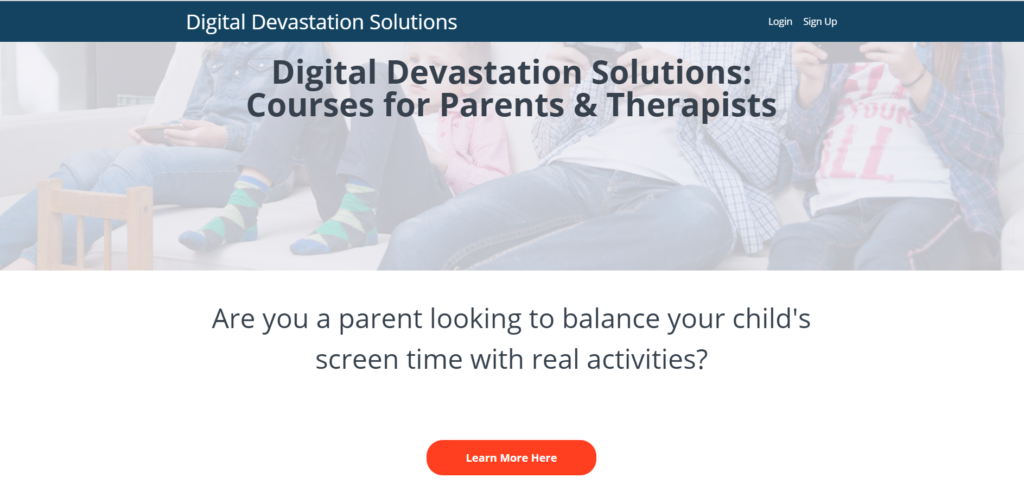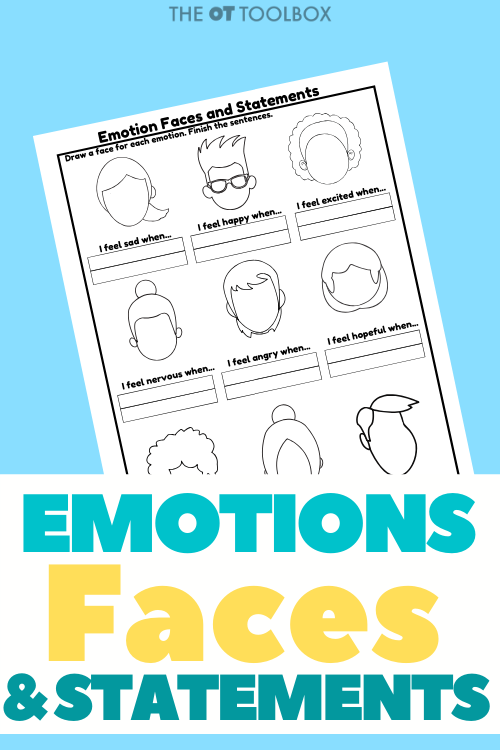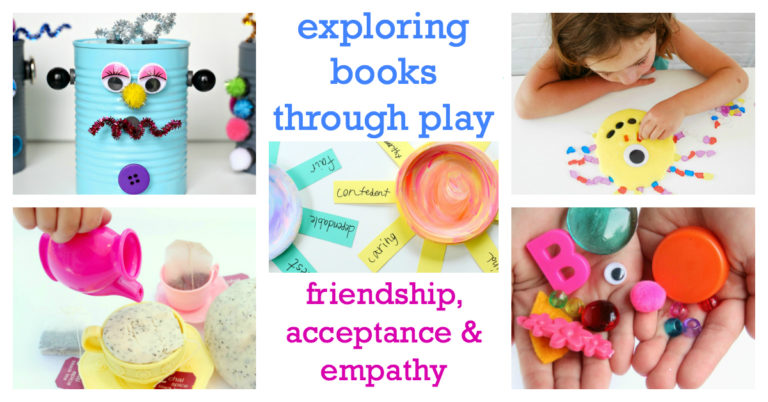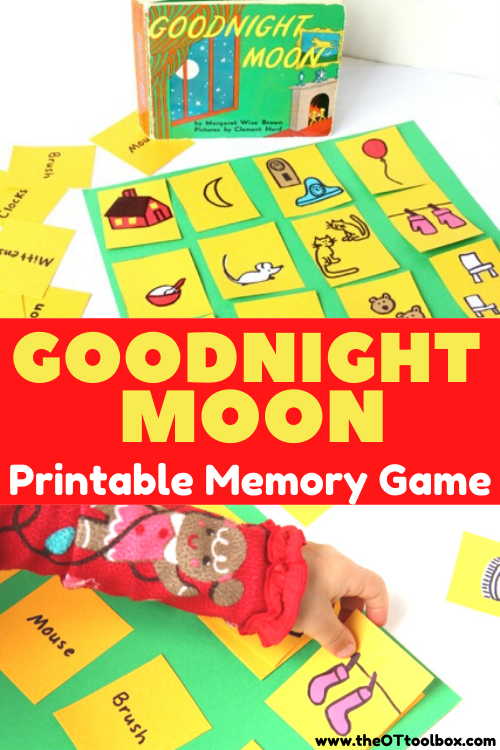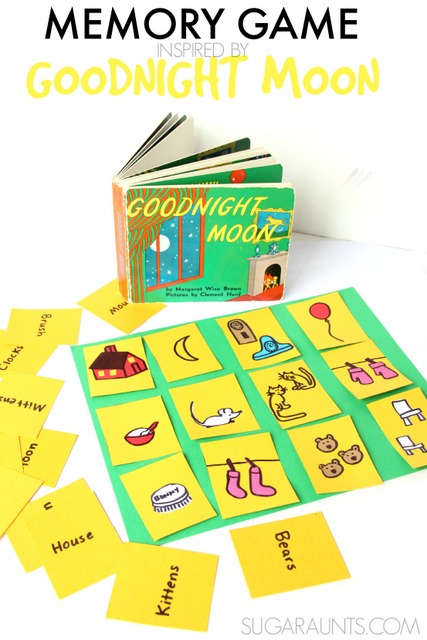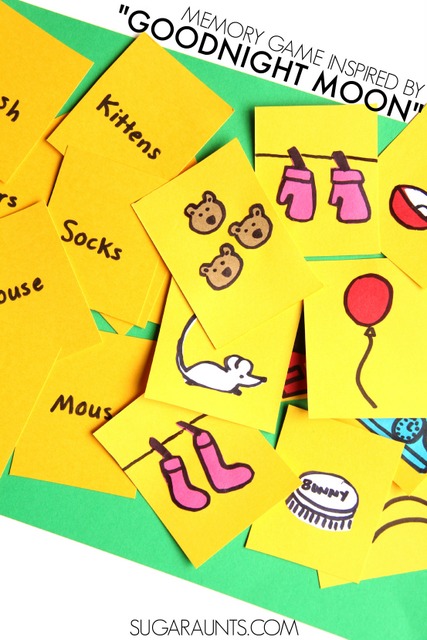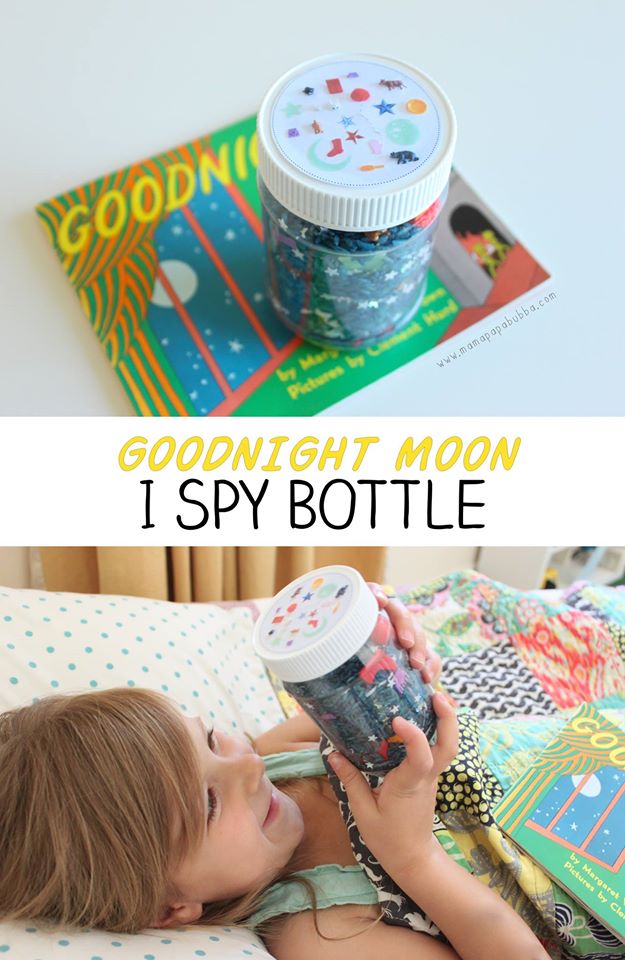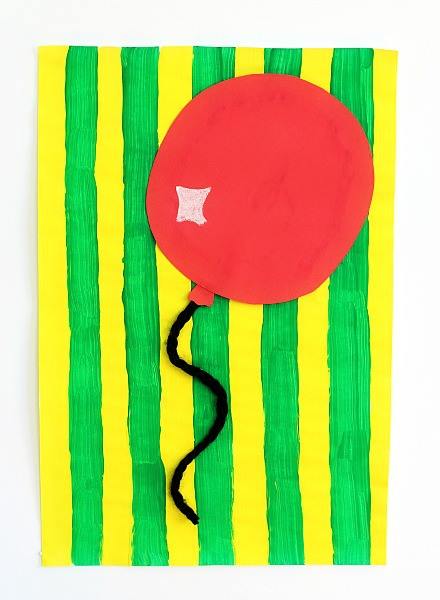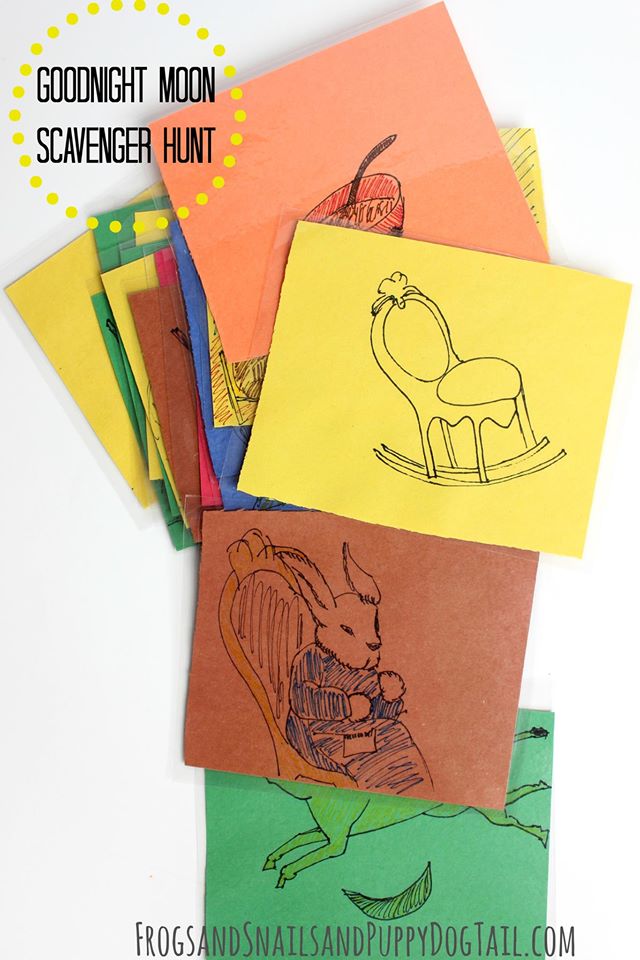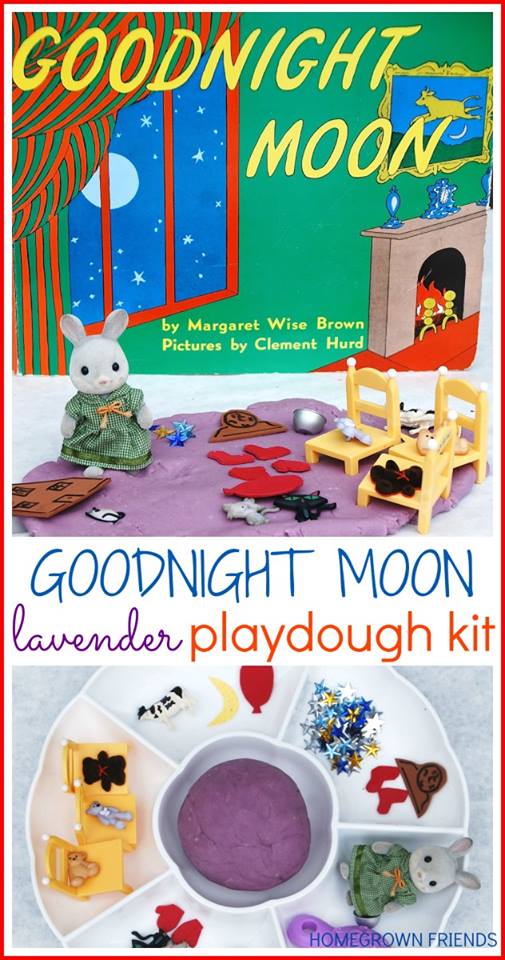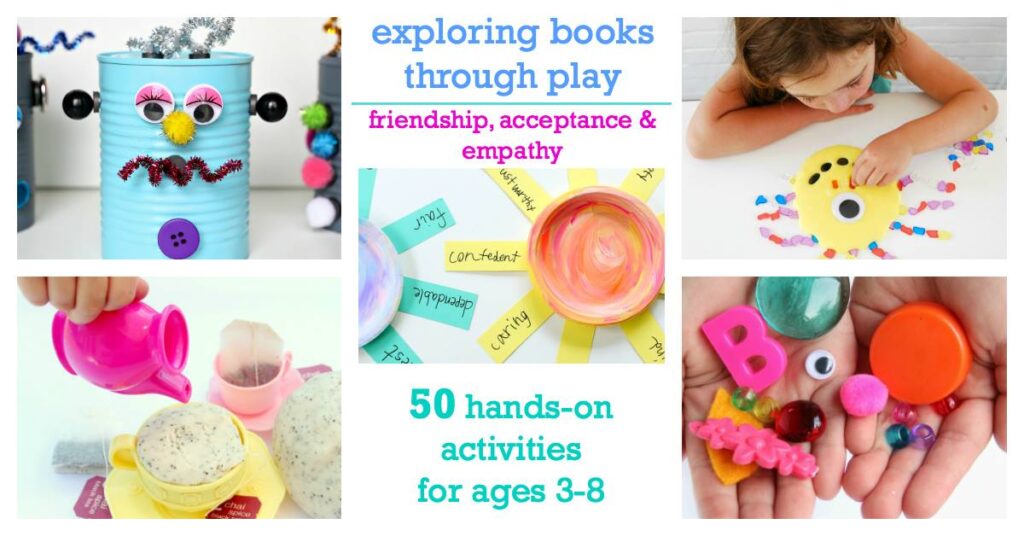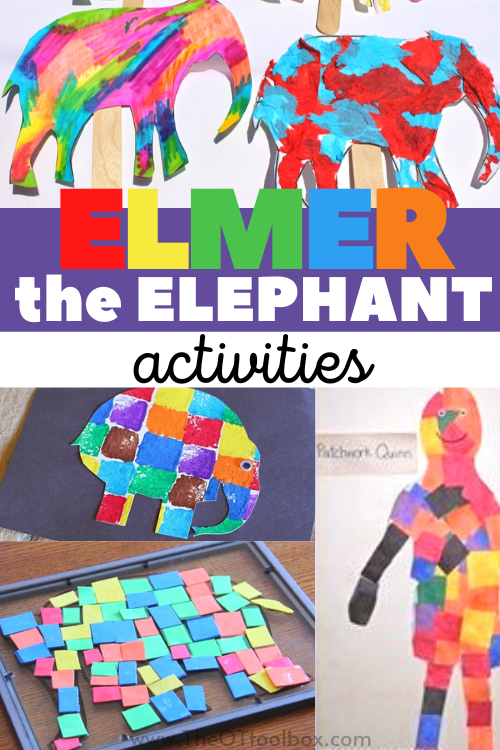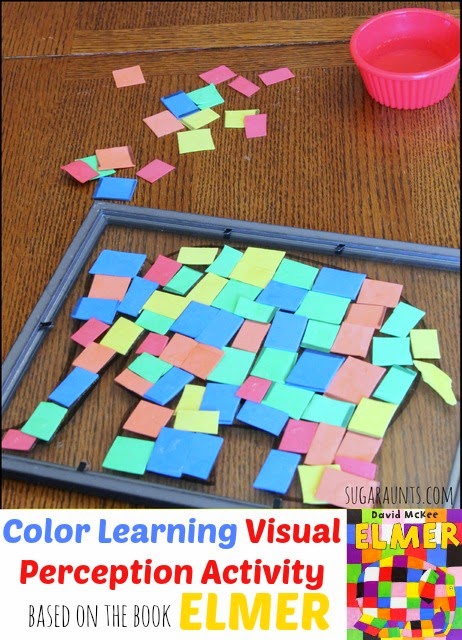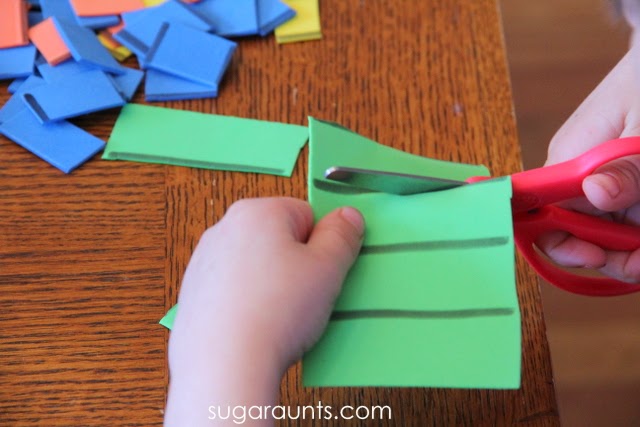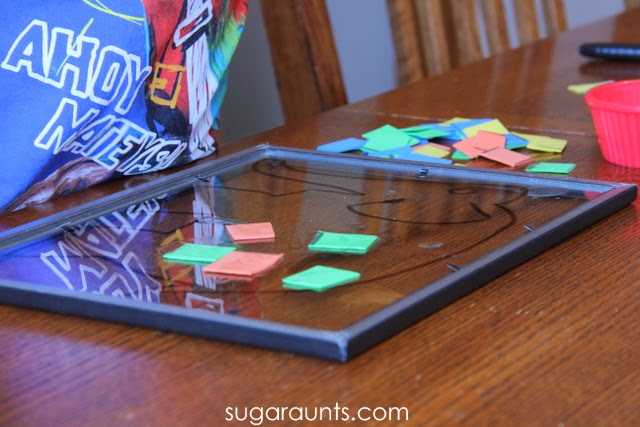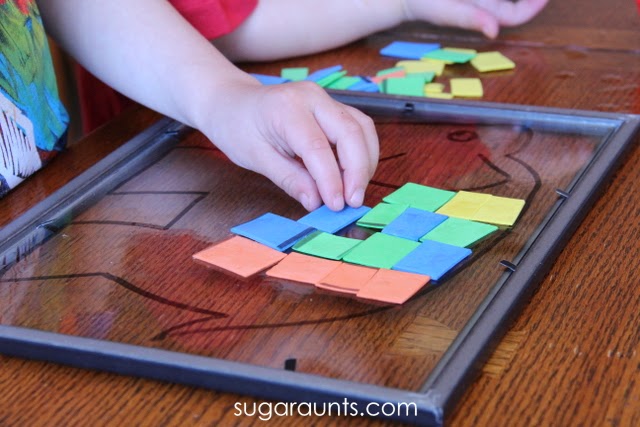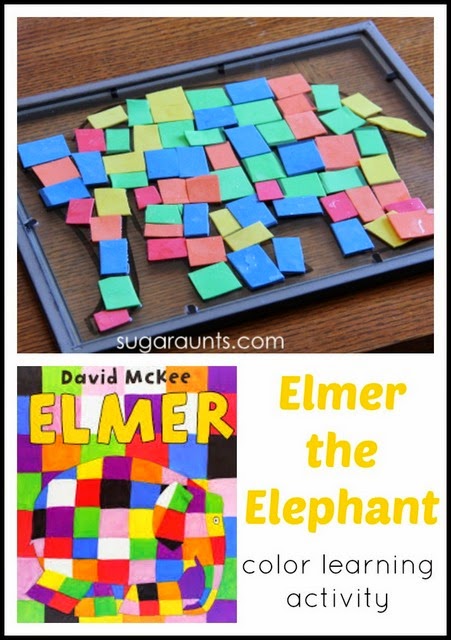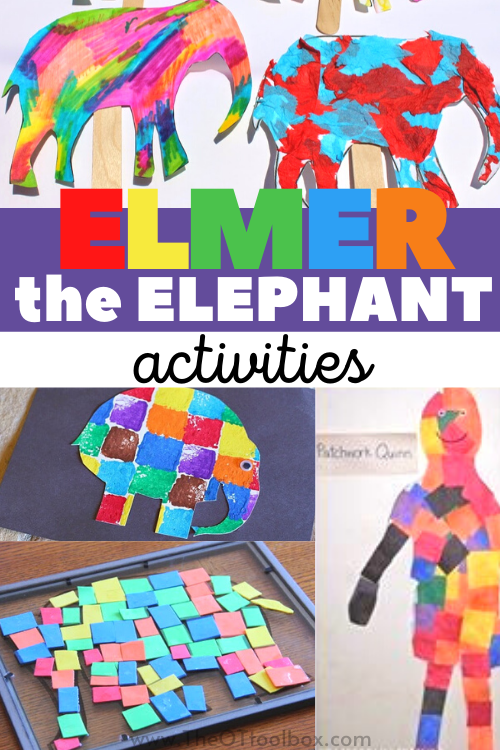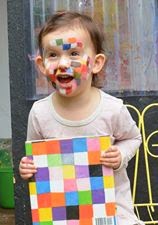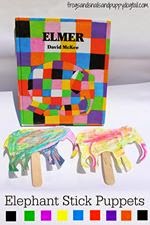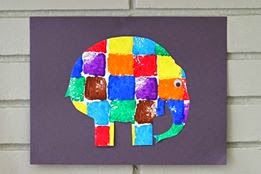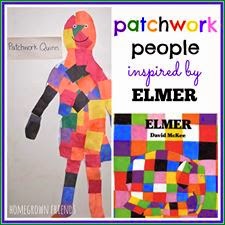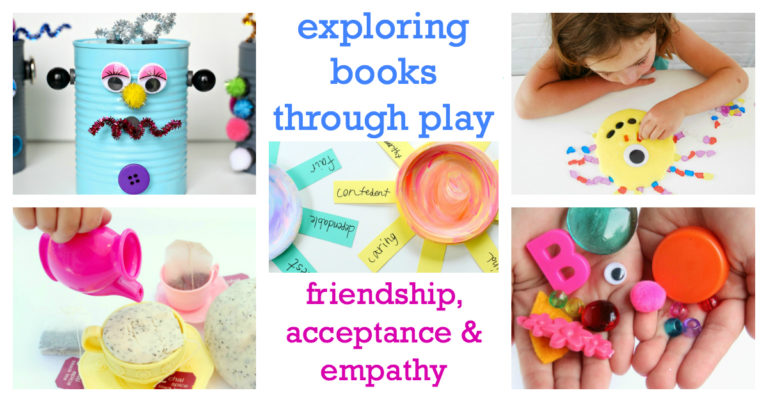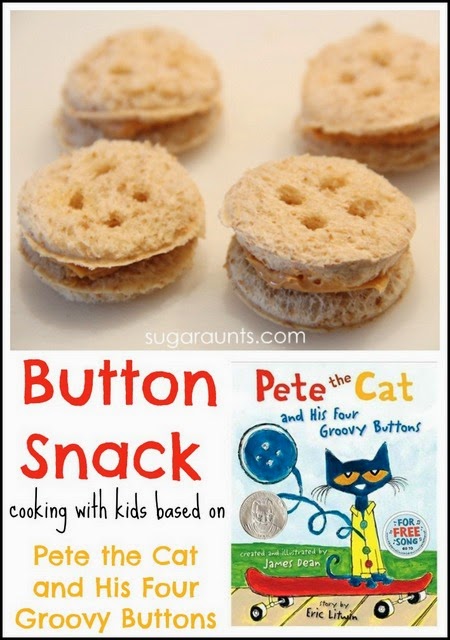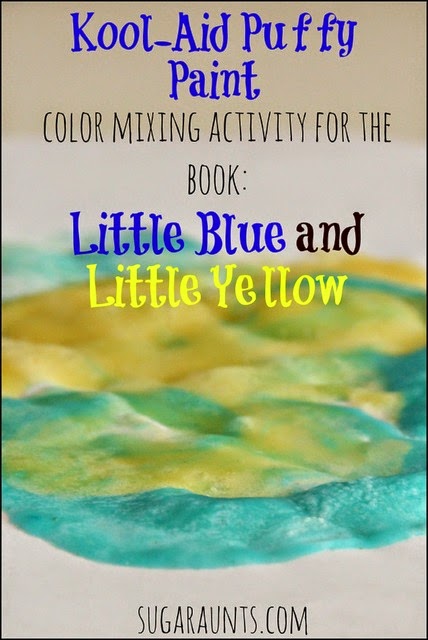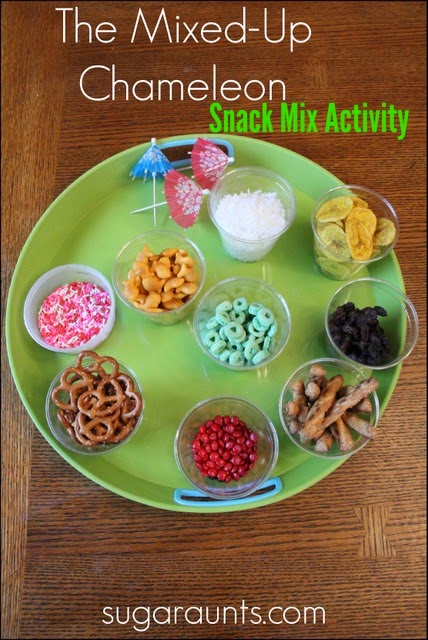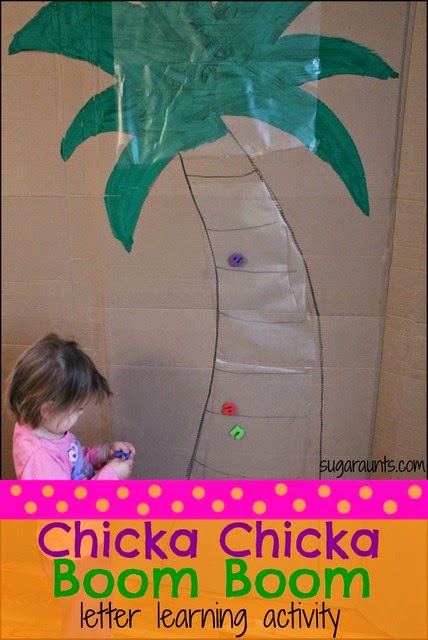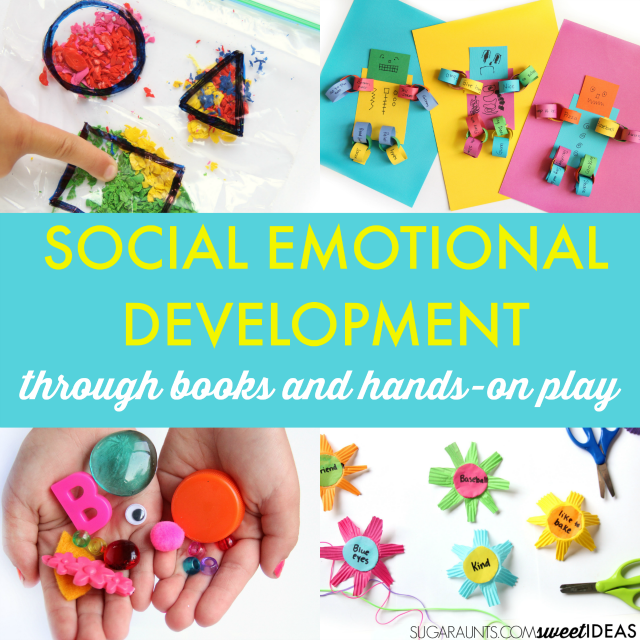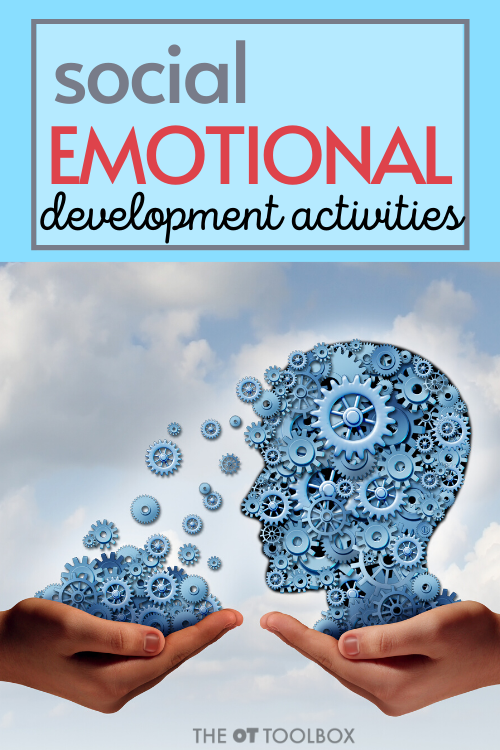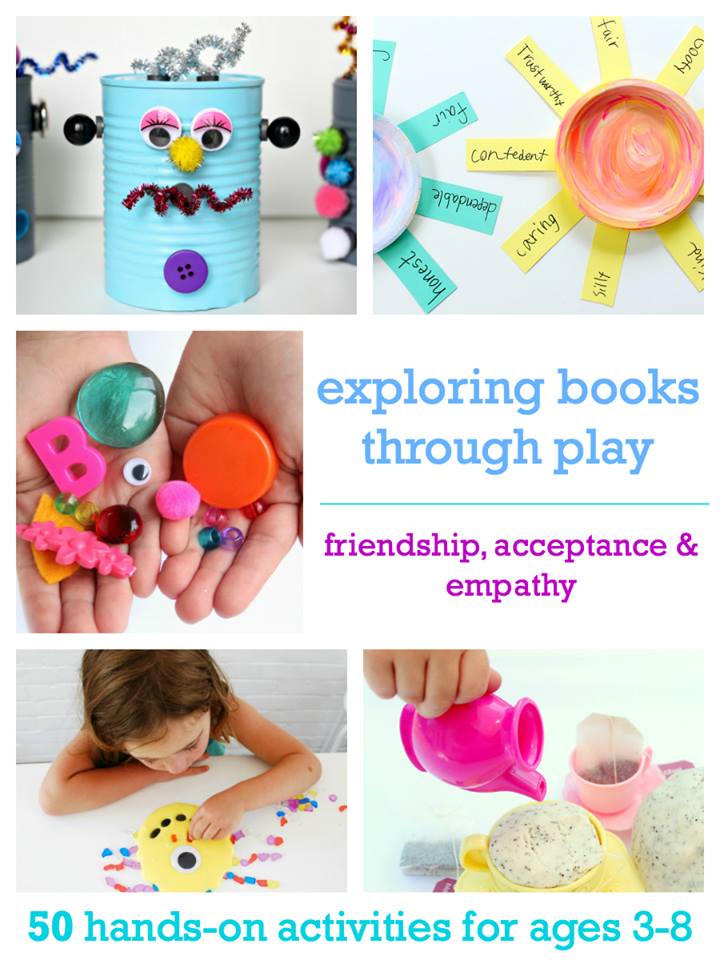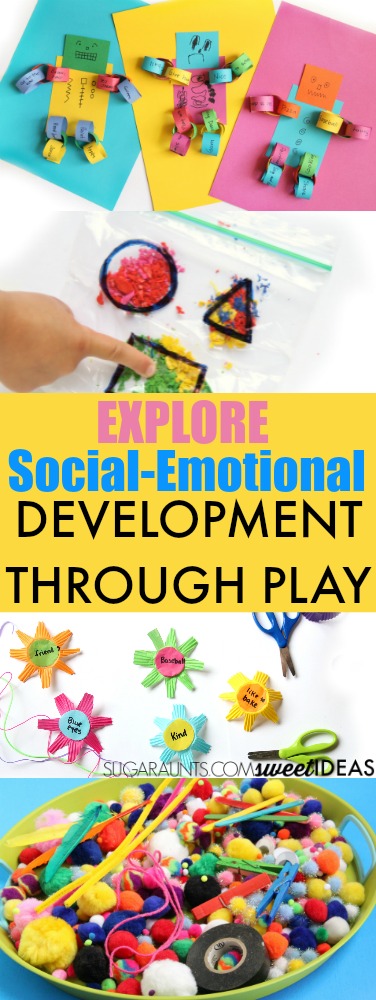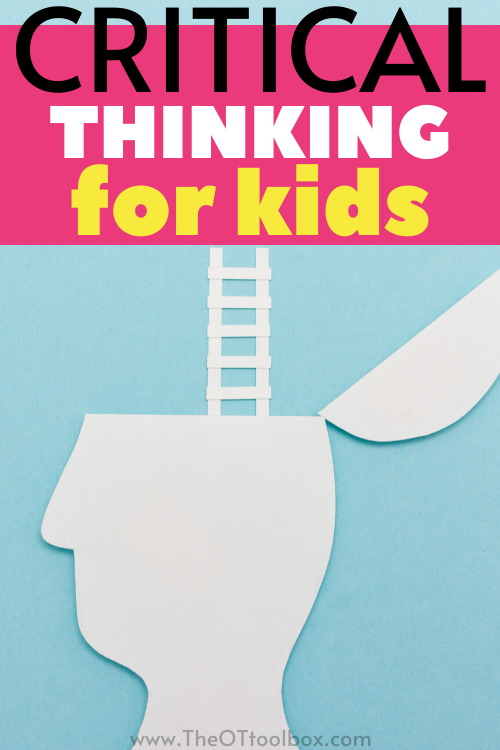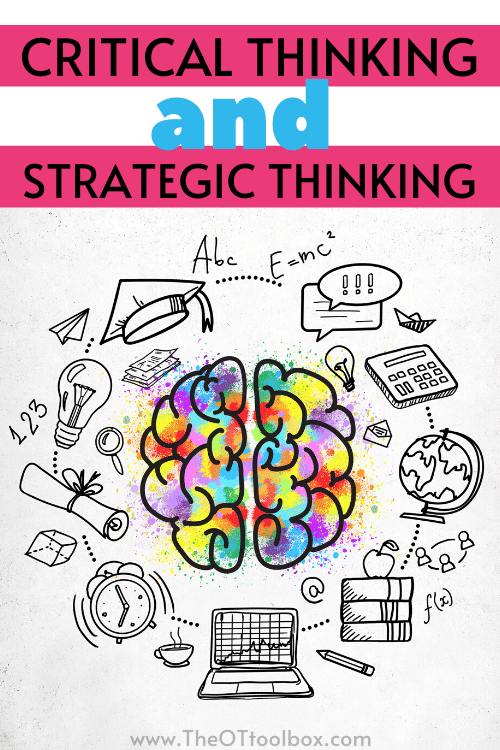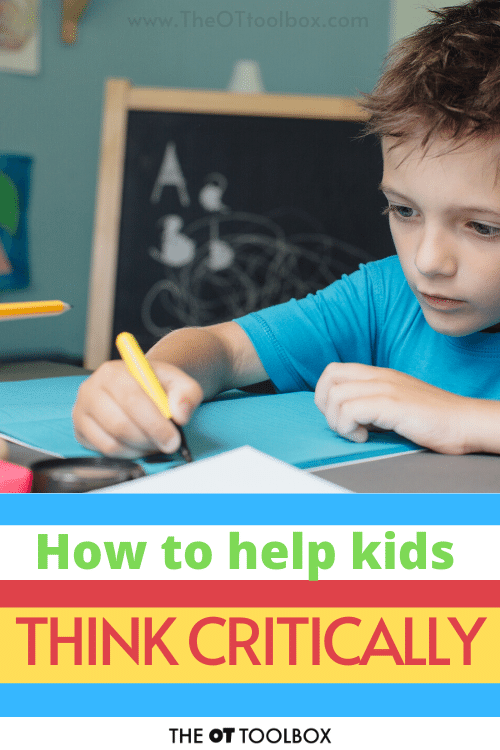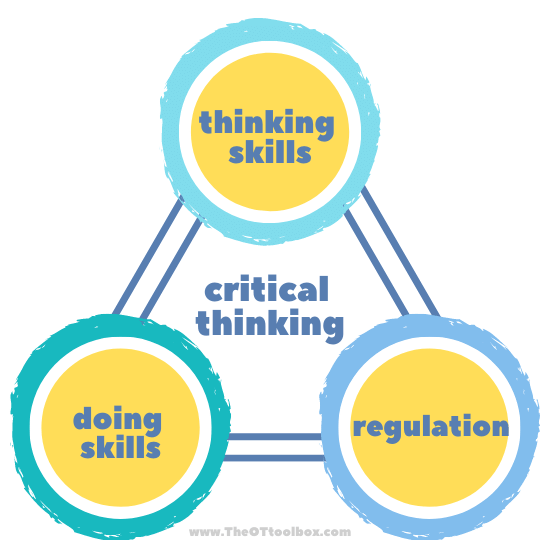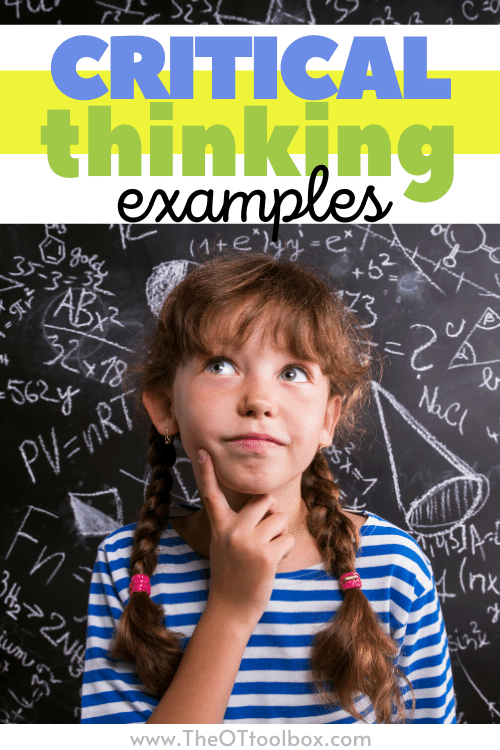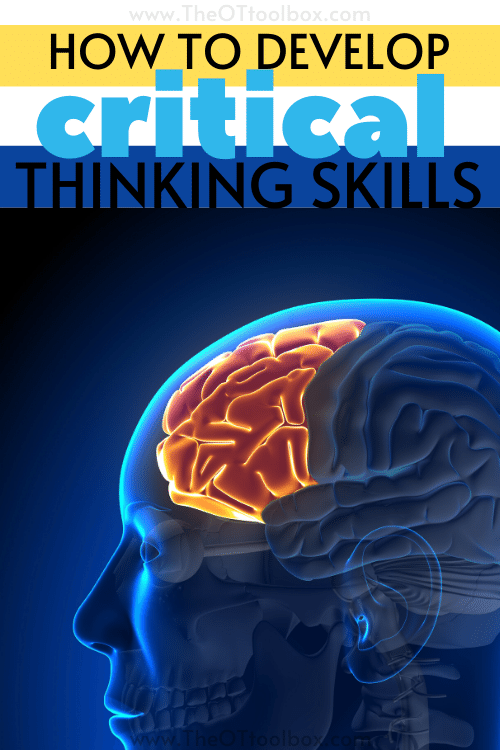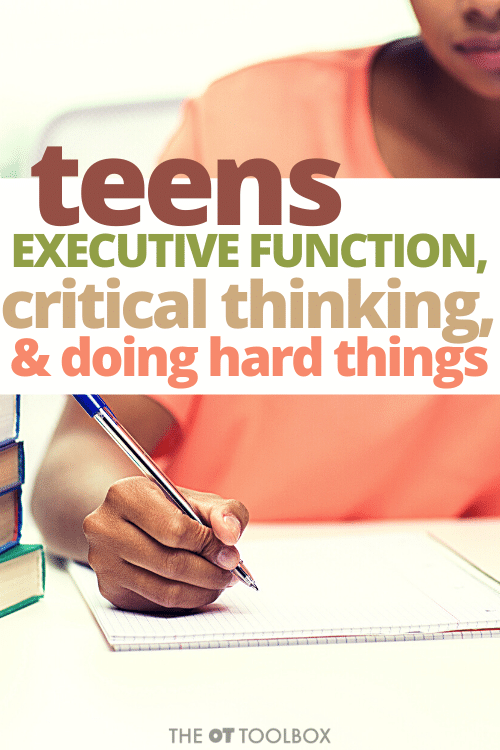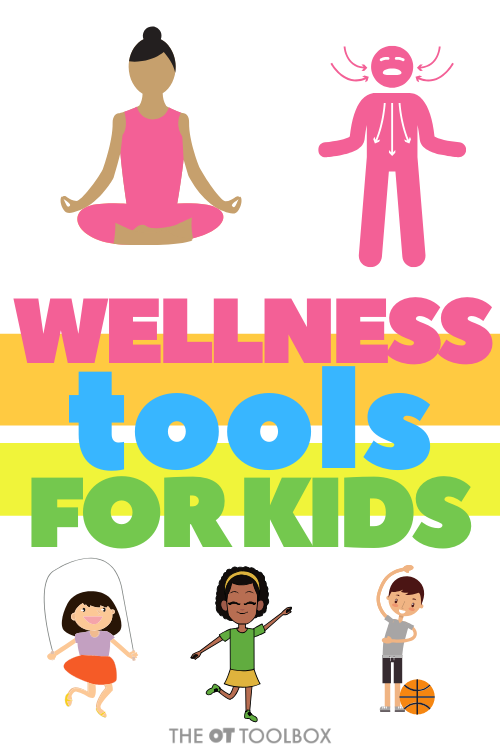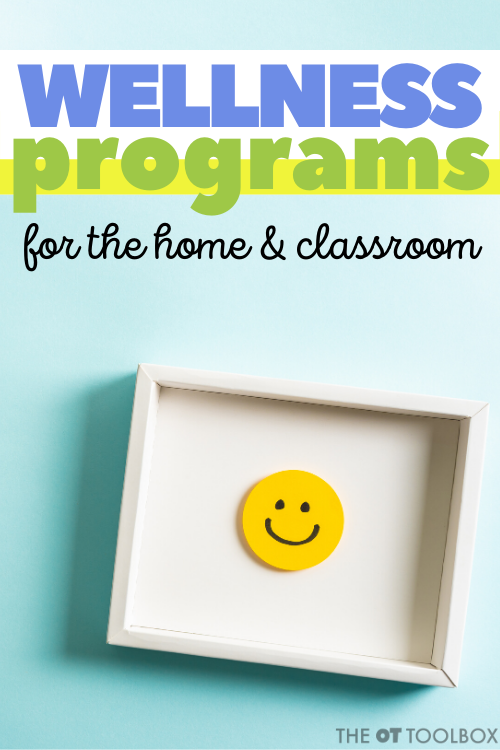In this blog post, we’re talking research on screen time. Kids are exposed to screens, tablets, smartphones, laptops, etc. more and more, especially as education turns to online learning. What is the added screen time doing for our young kids? What does the science say about screen time limits. What exactly are the effects of screen time? Here, you’ll see just some of the facts about screens…and how to move forward to a more balanced life with screens.
Research on Screen Time for Kids
Getting familiar with what science says about the impact of screens on child development and the whole family is a great start in becoming a tech wise family.
We’ve done the research on wellness. We know that an unbalanced life leads to overload in physical, mental, or emotional health (as in other areas). Unbalanced screen use leads to so much more and the research is telling!
You’ll also want to check out our recent post on the symptoms of too much screen time. It’s astonishing how our kids are impacted!
Smartphones and tablets have only been around for about a decade or so…but we are at the point where our elementary school-aged children have been around screens for their entire life. Many have constant access to screens, whether it’s through entertaining apps or by watching videos or by observing the adults in their life have a screen device within arms reach as they communicate, work, play, manage the home, play, navigate the vehicle…the list goes on and on.
Occupational therapists who work with children everyday on areas like balance, coordination, regulation, sensory integration, motor skills. All of these areas are necessary for completion of functional tasks. It’s through play that OT professionals work on these much-needed areas. And, it’s play and activity in real-life activities that the balance of screen time needs to occur.
Research oN the Symptoms of Screen Time
The research is telling us even more devastating facts about screen time in kids:
Things like the increasing occurrence of toddlers and preschoolers who have poor achievement of developmental milestones in the areas of communication, motor skills, problem solving, and social skills.
Things like the direct association between screen time and child development.
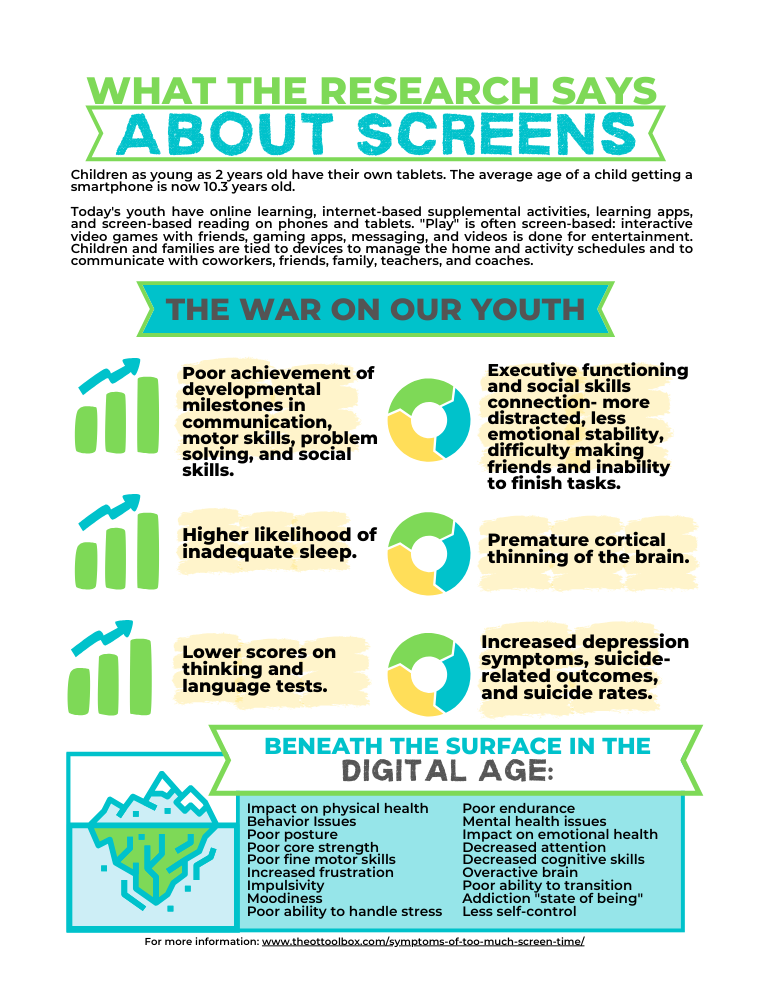
There is research telling us that more hours per day spent on screens is linked to lower psychological well-being, in a way that presents in executive functioning skills as well as social/emotional development. Connections between lower self control, more distractibility, less emotional stability, difficulty making friends, and inability to finish tasks are all depicted.
There is research telling us that increased time spent with digital media in teenagers associated with higher odds of symptoms of ADHD. This may show up as some of they symptoms of too much screen time.
There are reports of increased mental health concerns and mental well-being. There are findings on the overall functioning of the brain that looks like distractibility, frustration, moodiness, and irritability.
You may have heard of the blue light emitted by personal electronic devices. Because children’s eyes absorb less short-wavelength light, more blue light reaches a child’s retina. Children, therefore, may be at higher risk for blue light retinal damage than adults. Blue light emitted from smartphones, tablets, and personal computers before bedtime can delay sleep onset, degrade sleep quality and impair alertness the following day. Limiting those devices before bedtime not only address sleep issues, but can help with overall wellness.
Our teenagers are impacted as well. Hours spent on screens leads to less sleep adequacy, which impacts learning, well-being, and development. Less adequate sleep impacts learning and cognitive skill-building. This occurs right during the age that social-emotional skills develop, executive functioning skill development is occurring, and communication skills are set to develop.
There have been studies completed that show increased depression symptoms, suicide-related outcomes, and suicide rates coinciding with screen use levels.
There is research revealing that brain scans of children who spend more than 7 hours per day on screens show premature cortical thinning of the brain. This is especially significant for our young children who often times, hold phones right up to their face, in a slouched position.
In one study with 18 year-old college students, individuals with internet gaming addiction showed less gray matter volume in several parts of the brain (bilateral anterior cingulate cortex, precuneus, supplementary motor area, superior parietal cortex, left dorsal lateral prefrontal cortex, left insula, and bilateral cerebellum) (Wang et al., 2015)
There are so many more devastating facts and figures that should make us terrified for the future of our children.
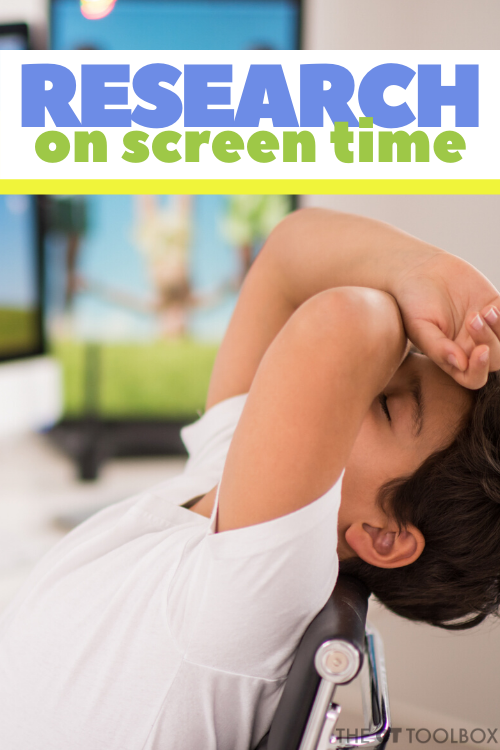
How to use research on screens to create a balance
Things are not hopeless. We are at a point where we must learn, work, communicate using devices. Screen time is inevitable. But, what we can control is the balance of real activities, movement, and play.
All of this information on the research being done on the impact of screens on development, is covered and explained in easy-to-understand language in the therapist-created course and 12-step program, Digital Devastation Solutions.
Digital Devastation Solutions is a tool created by an occupational therapist that can make a true impact on our kids. This course provides the means to balance screens while providing the framework to help kids thrive and master emotions, physical health, mental well-being. It is a formula for helping kids establish skills they need for executive functioning, learning, motor milestones, and so much more.
Digital Devastation Solutions is a way for families to balance excessive screen time use and improve their child’s development. The course covers everything you need to know about the astonishing research that’s been done on screen use in kids and gives a step-by-step plan.
You’ll gain a knowledge of exactly what happens to the brain on screens. You’ll be able to use this information so you can give kids what they really need to grow and develop.
Digital Devastation Solutions is an informative course AND 12 Step Plan for raising a happy, healthy child in the digital age. Kids and families can use that 12 step solution to balance screen time in this new COVID era.
Therapists can access a workshop and program that can be duplicated in your practice. You can use the workshop as a class for parents and share this powerful research and step-by-step program with those in your community.
Therapists can help balance screen time
As therapists, we are experts in wellness. We know the power of occupational balance. Having too much screen time throws that balance off in a way that impacts performance, task completion, mental health, emotional health, and physical well being. Occupational therapy professionals strive to empower clients and families with resources to combat screen overload.
Digital Devastation Solutions offers a therapist resource to use in practice. This is a tool to build a workshop for sale or community building while building a practice. Not only will this workshop educate your community and offer great value, it will position yourself as the expert to offer solutions which will build your OT business.
- An already done for you marketing and education system. All you have to do is set up the class and then press play on the PowerPoint. It will come with a script so you will know exactly what to say. This will save you about 40 hours of time. (Value $4000)
- Parent handouts including: Screen Survey, Technology Agreement, When to Get Professional Help and Chores Chart by Age (Value $500)
- Marketing ideas and a Pre-Made flyer you can use to market your class (Value $300)
- Developmental Screening Form (Value $500)
- Access to a private Facebook group to share ideas and support
- Added Bonus when you Pre-Order “Quick Start Guide: The Step by Step Checklist to Set Up your First Class”
Click here to read more about Digital Destination Solutions Program for use in therapy sessions and practice.

>>Free Ways to Add Sensory Motor Activities to the Classroom
>>Scree Research Printable
>>Classroom Sensory Strategies Toolkit
>>Indoor Recess Sensory Diet Activities
>>Outdoor Sensory Diet Activities and Outdoor Challenges
>>School Sensory Checklist
>>How Play Builds Child Development Printable
When you purchase Digital Devastation Solutions through a link on this website, email contact@theottoolbox.com with your receipt and you will be sent this bonus pack.
Wang H, Jin C, Yuan K, Shakir TM, Mao C, Niu X, Niu C, Guo L, Zhang MFront Behav Neurosci. 2015; 9():64.
Infant & Children’s Vision Resources supported by The American Optometric Association and Optometry Cares – The AOA Foundation . Blue Light Impact in Children [White paper]. https://www.aoa.org/Documents/OptometryCares/Blue%20Light%20Impact%20in%20Children.pdf


